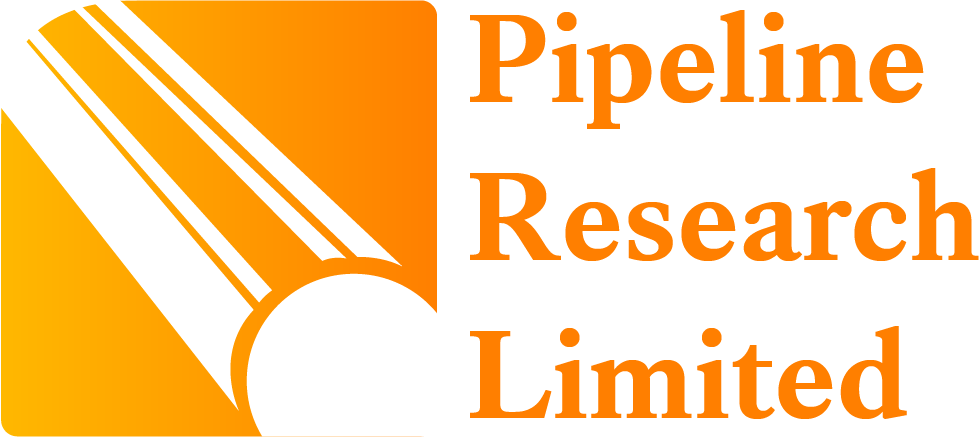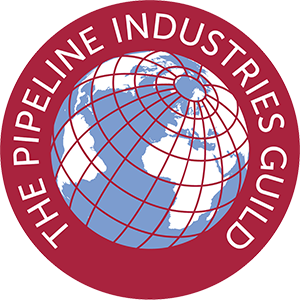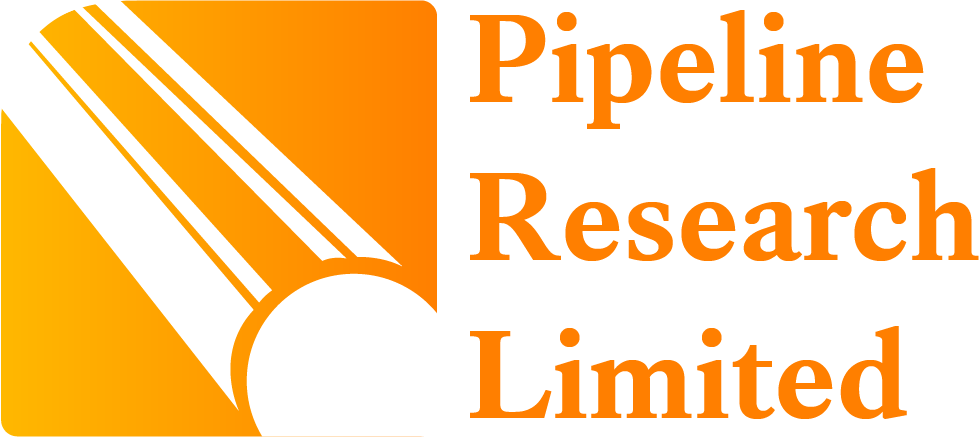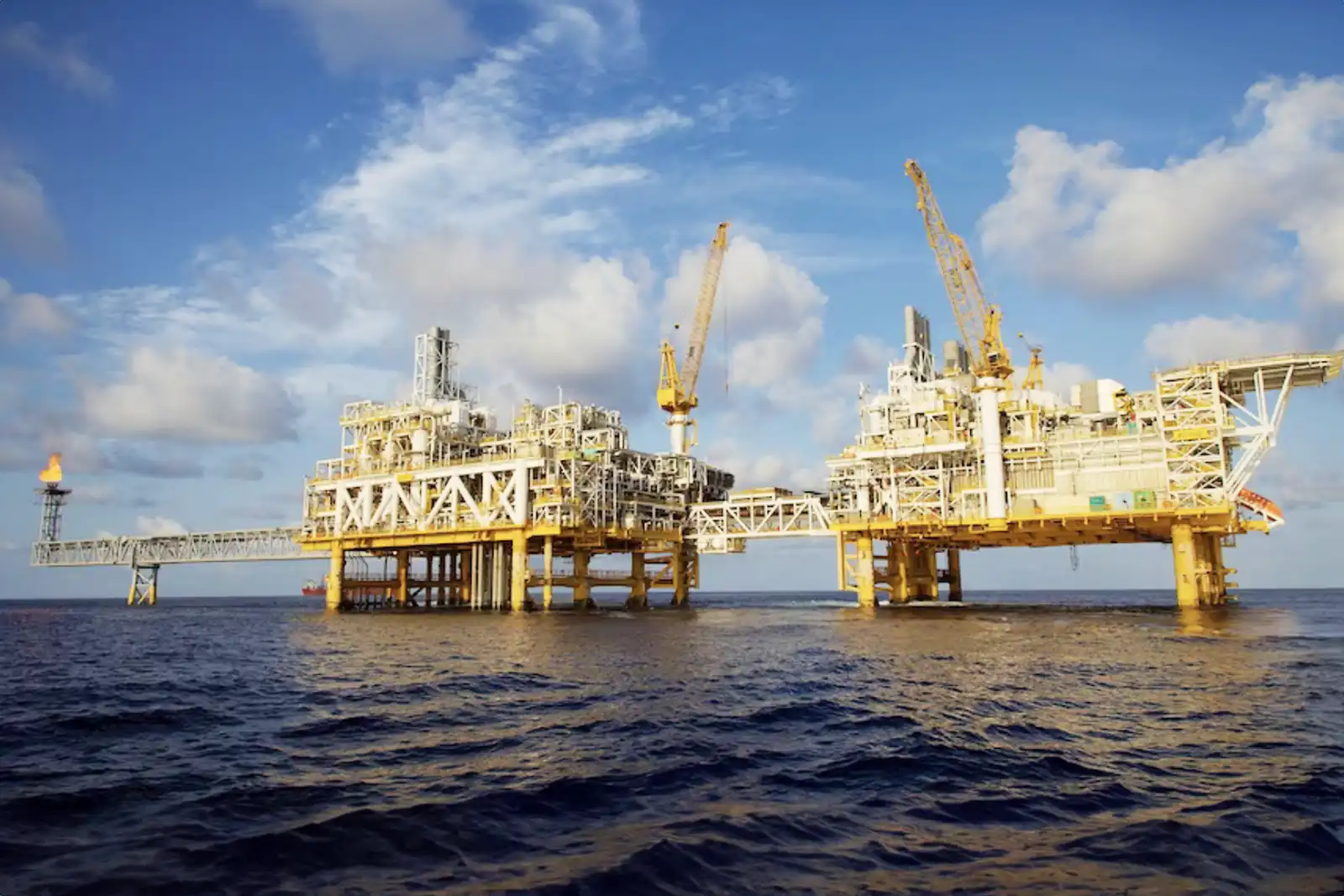
Barossa Project
Australia – Santos
Design, development and testing of 34 x 26-inch dual diameter pigs for pre-commissioning. Analysis of line flood, clean and gauge to avoid pig train runaway.
Use of a dewatering model to track the actual pipeline dewatering, to estimate arrival time and assess the progress of the train. Dynamic analysis of SURF pigs during pre-commissioning.
Selection of ILI tool for the line in the future and outline design and specification of the subsea pig launcher and how the pigs will be launched from Barossa during operations.
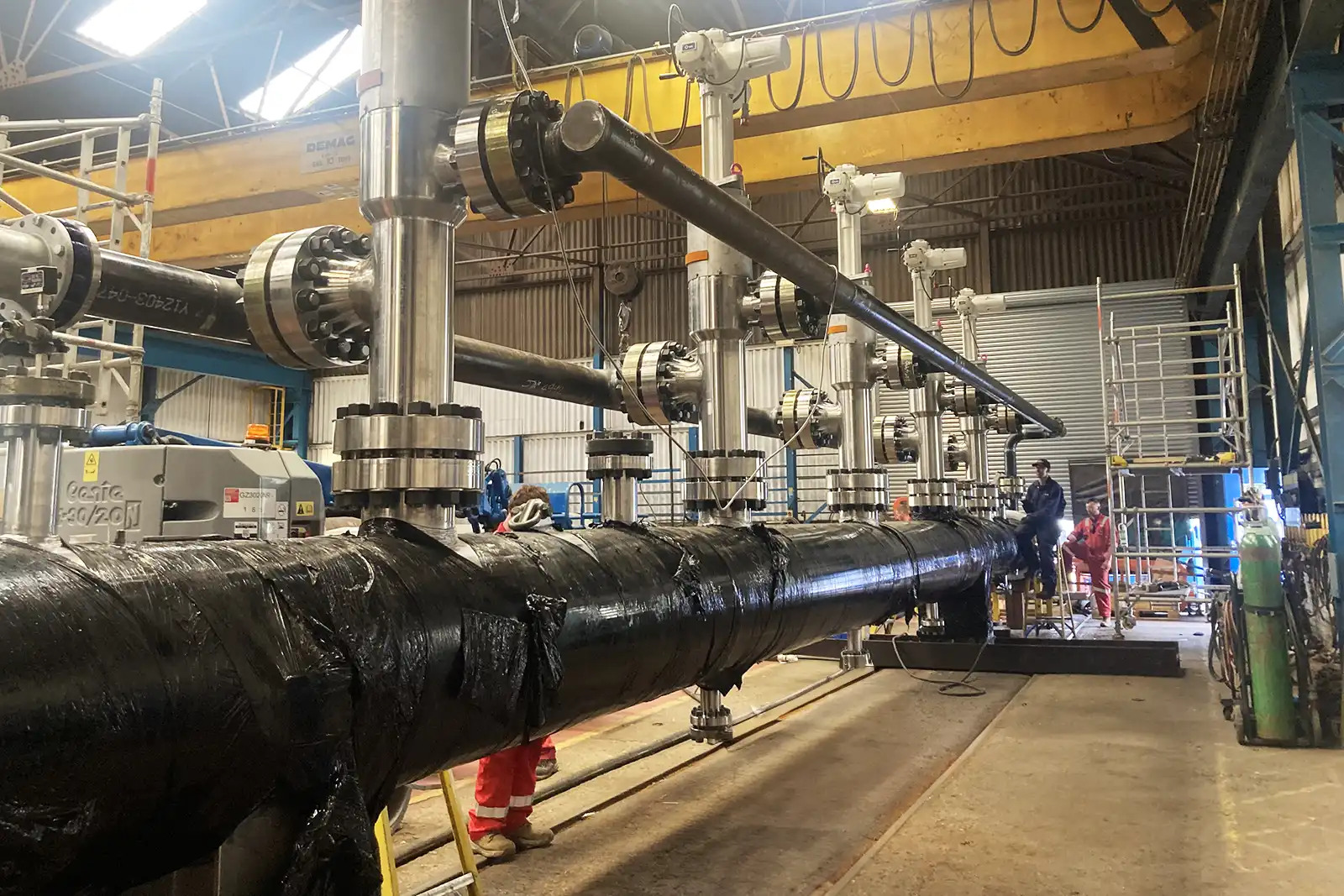
Yggdrasil and Hugin A projects
Equinor and AkerBP
Feasibility, design, development and testing of 24 x 28-inch pigs for a planned oil pipeline in Norway. Challenges include the use of a multi-pig launcher, wear & compression set in the 24-inch line & complex bypass requirements to allow wax to be removed and transported from the line.
Input into the design of the launcher PSB mechanisms was also provided along with helping organize the launcher FAT tests. The tie-in of the line to the existing Grane line also requires some detailed pigging challenges for pre-commissioning and Pipeline Research is involved in solving these challenges too.
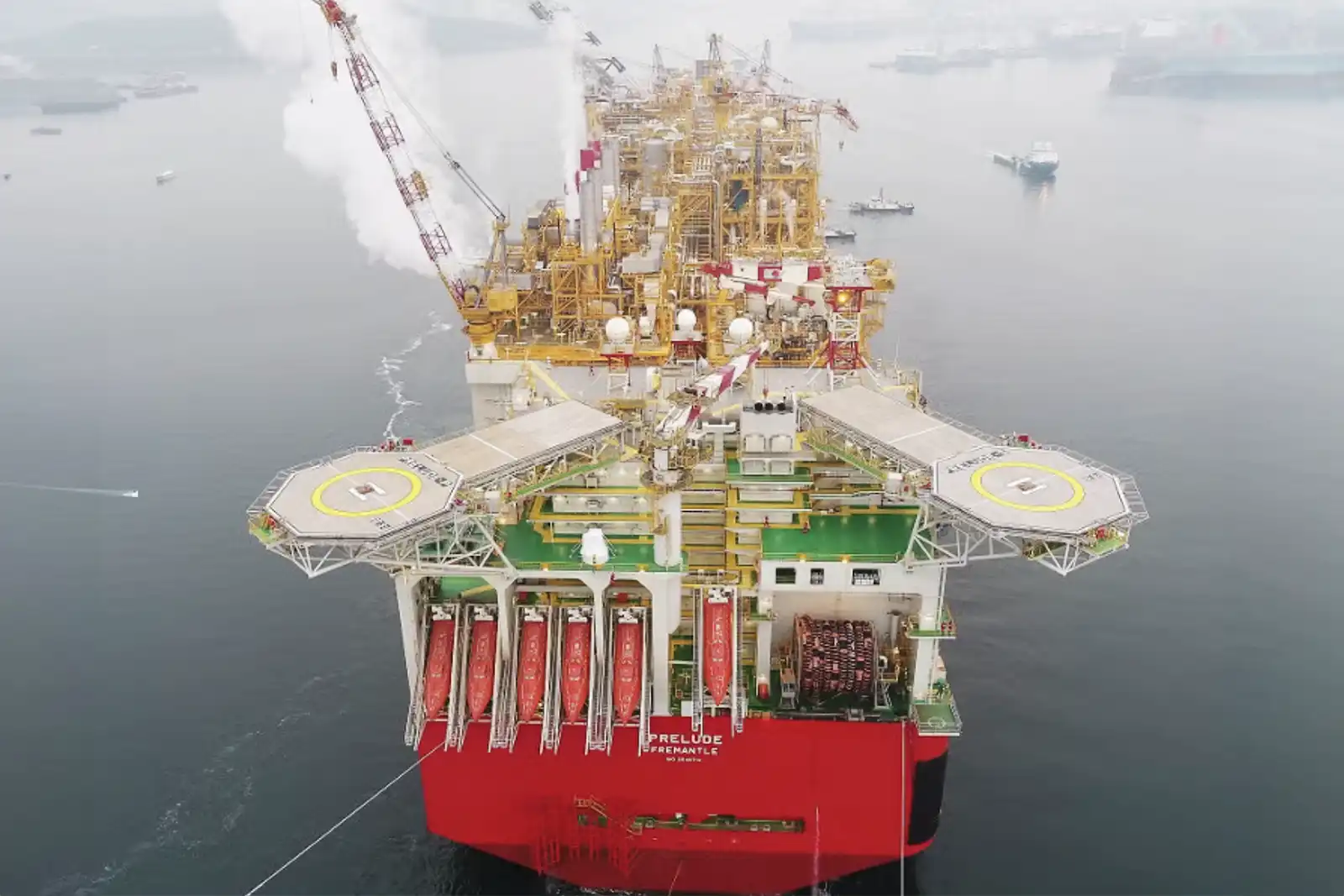
Crux Development
Australia – Shell
Pigging feasibility and subsequent development and testing of 26 x 18-inch dual diameter pre-commissioning pigs and input to inspection pigging. Input to brown field modification on board the Prelude FPSO.
Analysis of pipeline dewatering and investigation into the best method of dewatering the line.
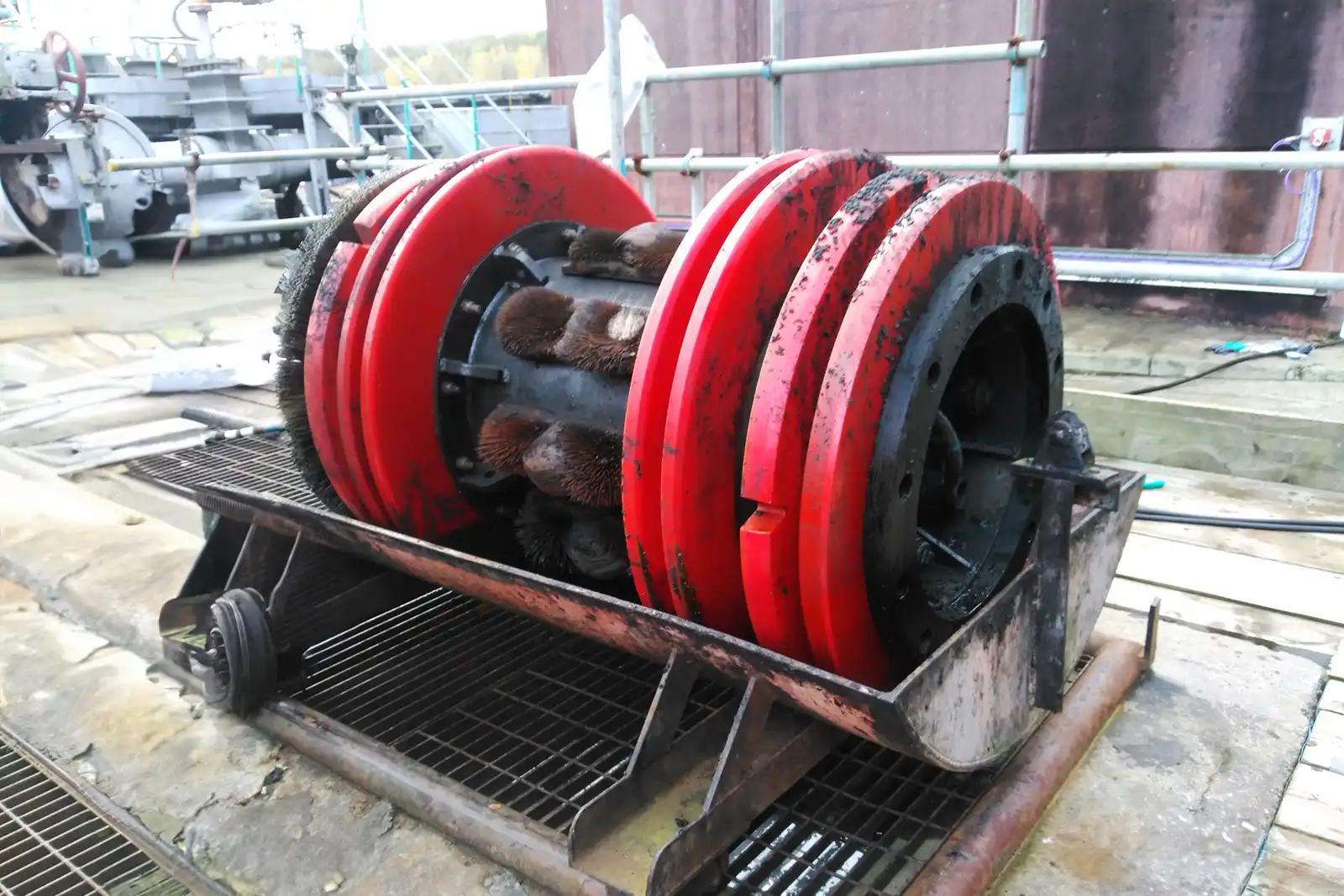
Pigging strategy
For oil line with large water content
In order to run cleaning pigs in this pipeline, the terminal had to handle a large volume of water which caused issues with filtration and caused several trips.
To overcome the problem, an analysis of the line pressure & flow data was undertaken and this was used to determine the best time to launch pigs and how much bypass to include to avoid the problem.

Pigging in Hydrogen
Pipeline Operators Forum
Investigation into the motion of inspection pigs in 6-inch and 32-inch hydrogen pipelines to understand the instability and how the pigs could be brought under control. Methods of control included automatic bypass control, effect of higher pressures, introduction of nitrogen and reduction in tool friction.
A paper has been provided on this and is available at the Pipeline Technology Conference website for Berlin 2024.

Tortue development
BP
Input into the design, development and testing of dual diameter 16 x 12-inch, bypass pigs for operational pigging of the Tortue system from subsea to the host platform.
The main challenge involved analysis of pig motion in the subsea launcher to avoid multiple launch of pigs and to assess the ability to clean and dewax the line safely with a bypass pig in a gas dominated, multiphase environment.
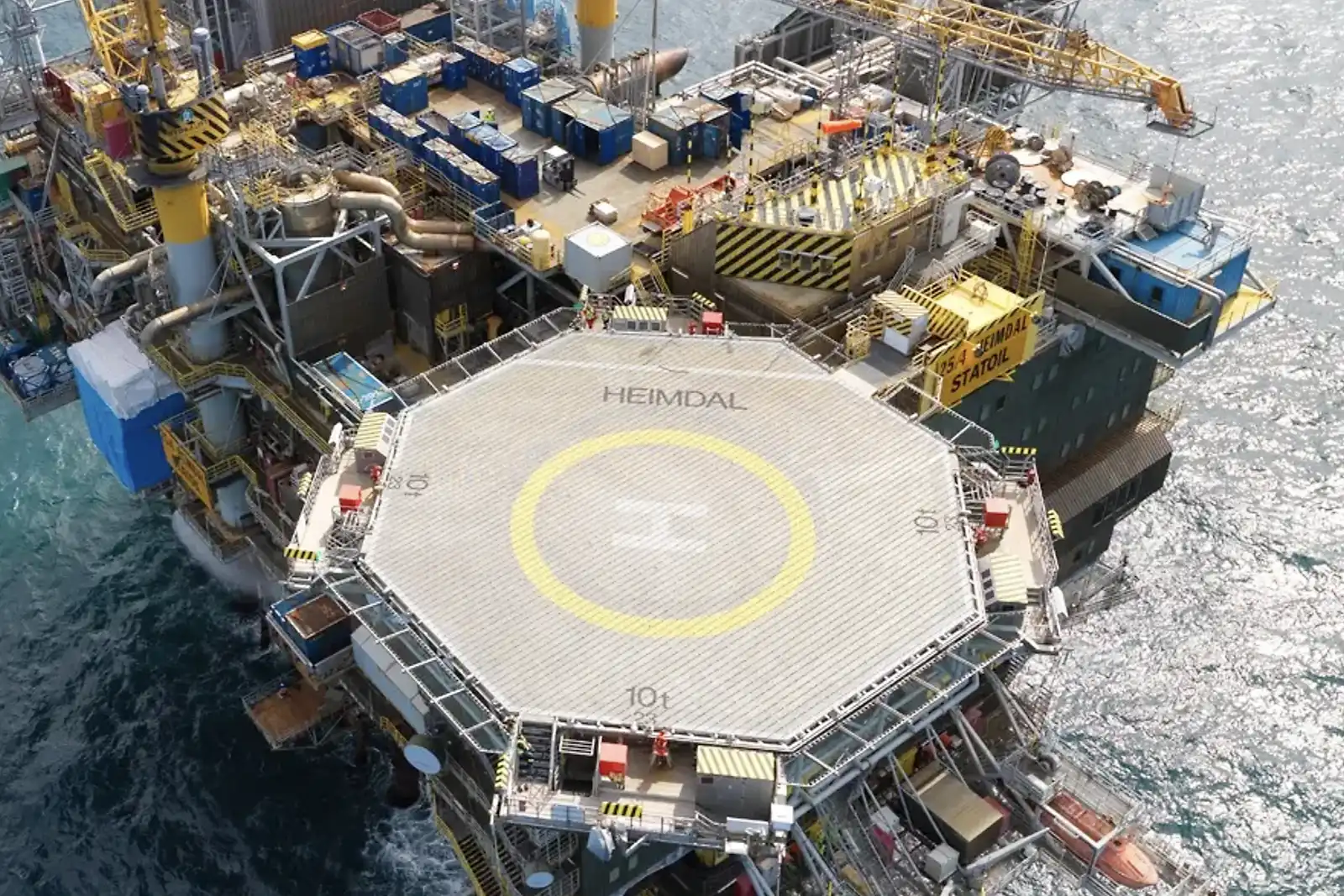
Heimdal Subsea Bypass
Equinor and Gassco
Dynamic modelling of the multi-pig isolation and conditioning pig train used to install a subsea bypass around the Heimdal facility. The project involved using the PIGLAB model to estimate pig velocities and prove that the train was under control when travelling with gas flow to the Draupner facility.
Detailed testing of the pigs and plugs used in the train was performed to determine the differential pressure of individual pigs and this was then used as input into the model.
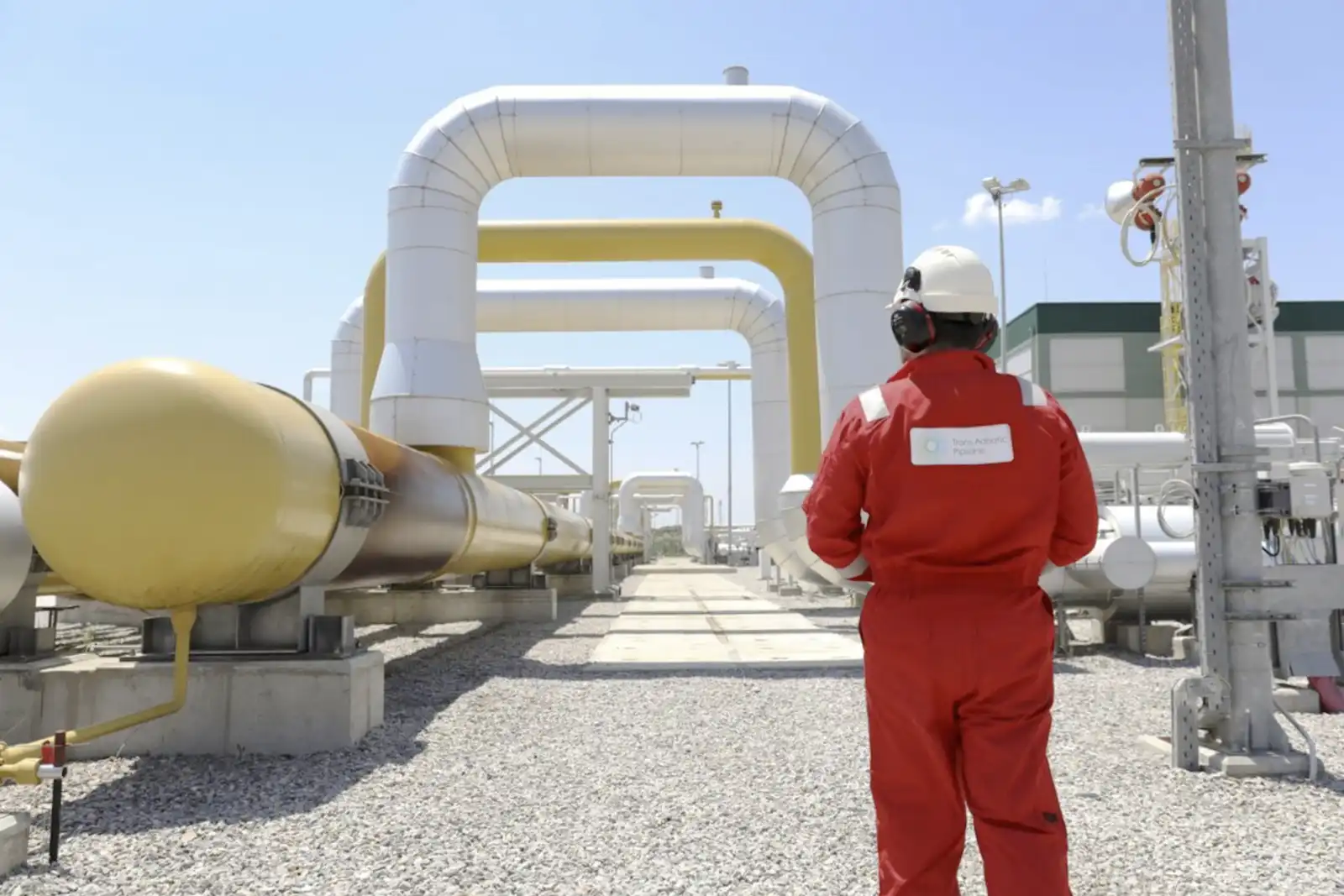
Analysis of TAP pipeline Inspection
TAP
Use of the PIGLAB model to determine the expected velocity of inspection tools in the 48-inch and 36-inch TAP onshore and subsea gas pipelines. The analysis also examined launch and receipt of the tools and this was then used as an input into the procedures.
Following the tool runs, the velocity of the inspection tools was compared with that of the model and found to be favourable and representative.
